How To Set Up Safety Triangles
7 minutes10/14/2021
How important are nigh-miss reports in occupational safety? As part of the Safety Direction Trend Report 2022, we surveyed over 600 European specialists who deal with occupational health and safety daily – and 55% of them told u.s. they regard near misses as an integral function of their set of KPIs. So, why is it so important to examine and appoint with near misses? Ane clear illustration comes from the blow triangle, which depicts the relationship between accident severity and accident frequency. Sometimes known every bit the 'safety triangle', information technology visualizes the connections and normal distributions between fatal or severe accidents, pocket-size accidents and about misses. It is an emphatic sit-in of how of import a holistic arroyo to incident management can be. Why? Because the triangle shape is no coincidence: In most cases, a severe blow is merely the tip of the iceberg. Looking at the full flick – that is, taking nearly misses and unsafe behavior into business relationship – makes it possible to place potential optimizations with far-reaching impacts. In this article, nosotros'll present the unlike accident triangles, explicate how they tin can help you lot evaluate your blow KPIs more effectively, and testify how you tin can define targets for ameliorate occupational condom.
Heinrich'south Constabulary and the showtime accident triangle
When trying to understand how the accident triangle works and what exactly it represents, it tin exist useful to look dorsum at its origins. In the 1930s, Herbert W. Heinrich conducted empirical research into occupational safety. In his assay of 550,000 accidents in industrial settings in the USA, he identified an almost abiding ratio of severe accidents, minor accidents and near misses. For every severe accident (with serious injury/fatality), in that location were 29 small accidents and 300 nearly misses. This "i-29-300" ratio became known in bookish journals as Heinrich's Law, often depicted in the course of a triangle, which serves every bit a visual representation of the relative frequency of dissimilar blow types.
Updates for modern occupational safety
Occupational health and condom has evolved in every respect in the xc years since Heinrich'southward analysis – and and then too has the accident triangle. One of the most noted additions came from Frank E. Bird, who added a fourth level to the triangle. Bird drew a stardom betwixt fatal accidents and accidents with serious injury that consequence in lost working time to provide a more nuanced view of the severity of accidents at the tip of the triangle.
A further accident triangle was produced in 2003 on behalf of ConocoPhillips, with at-risk behavior added as an additional level at the base of the triangle.
How to apply the accident triangle ratio in do
All three pyramids illustrate that there are far more possibilities to learn from small accidents and near misses than from severe accidents that only occur rarely. It is however debatable whether it is directly possible to reduce the likelihood of severe accidents by reducing minor ones. Notwithstanding, it is very likely that identifying and correcting issues on the lower levels of the pyramid and using the insights gained to better overall wellness and rubber will accept an impact on overall rubber performance and civilization.This besides underscores the importance of an agile civilisation of failure and feedback. However, a depression number of reported near misses does not necessarily betoken that few incidents take occurred. This is because, when we wait at the statistical probability illustrated in the blow triangle, near misses and condom incidents are often only non reported.
When deciding on a set of incident management KPIs, yous should focus not only on severe accidents at the tip of the triangle merely as well the ratio of near misses and small accidents in your visitor. To what extent practice your company'southward figures correspond to the accident triangle? What can you deduce from this? As a rule, the "flatter" the pyramid, the better. This means that reports and instances of unsafe behavior or nigh misses should be far more prevalent than serious or fatal accidents. Not merely does this reflect very rubber work processes, it is too indicative of a positive corporate culture.
Practical tips to increment near-miss reports
The blow triangle makes clear that safety managers rely on a big proportion of near misses being reported. However, in a recent LinkedIn survey, 56% of respondents said it was "very challenging" to become employees to report near misses openly. So, how tin you overcome this claiming and obtain more data on near misses?
Make information technology as easy as possible for employees to submit reports. Remove hurdles and barriers by introducing simple, smooth technology that requires little to no grooming. You can and so switch your focus to motivating your employees to utilise the new reporting system.
You should provide personal incentives, only besides brand clear that you can only attain your target of more nigh-miss reports if everyone works together. This places a degree of pressure on more passive employees. Introduce rewards for employees who are peculiarly active in reporting their observations. Communicate using a number of different channels, such as e-mail, your EHSQ software, noticeboards, your intranet and your company'south social networks. Make sure to communicate your messages consistently and put them on the agenda at relevant meetings.
When it comes to measuring the success of near-miss reporting, positive KPIs are generally more insightful than negative KPIs. For example, you might commencement by looking at the total number of most-miss reports per person per year. To begin with, a realistic target could be between one and 10 reports per person per yr, depending on your company's current safety civilization.
If your initiative gathers pace and you receive a high number of reports, you need to be set to answer quickly. Yous don't necessarily demand to be the person who provides feedback – simply you lot demand to ensure that feedback is existence given. The easiest mode to exercise this is to innovate an EHSQ software solution that automates both the feedback processes and follow-upwardly tasks. If employees get involved and you reach your targets together, information technology's important to communicate and celebrate this. And finally, don't forget to prepare the bar higher with more ambitious goals for the following year. Afterward all, every finishing line is the commencement of a new race.
Other topics that may interest you
Quentic Newsletter
Stay upward to engagement on the latest developments in occupational safety and environmental management. We volition inform y'all of upcoming webinars and events likewise as current articles.
Subscribe to our newsletter
Source: https://www.quentic.com/articles/the-accident-triangle-explained/

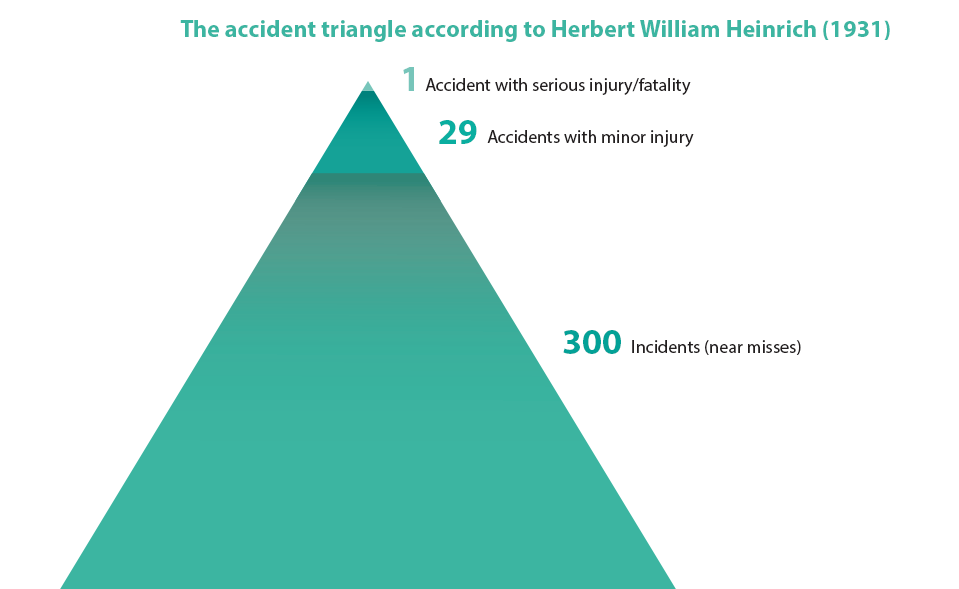
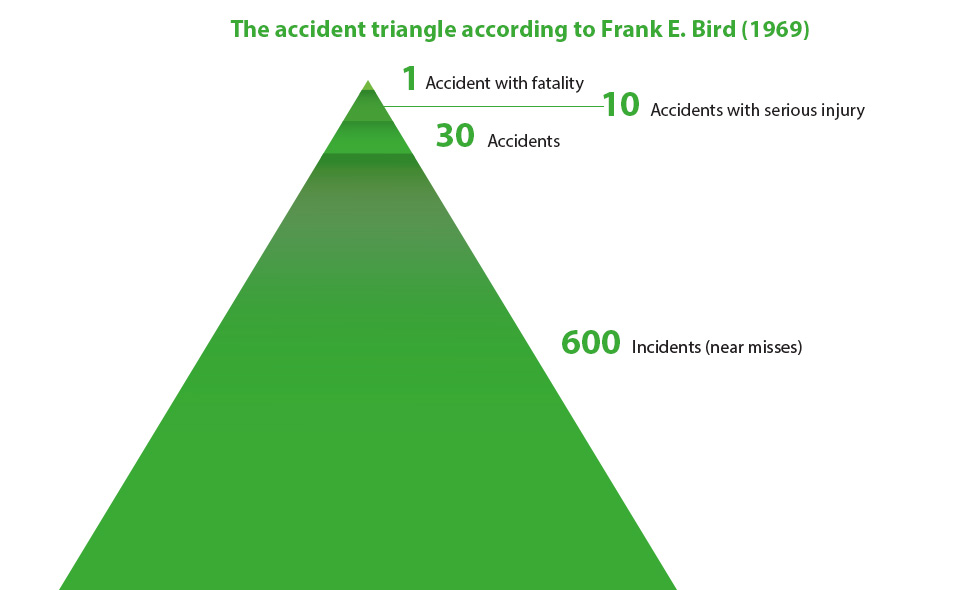
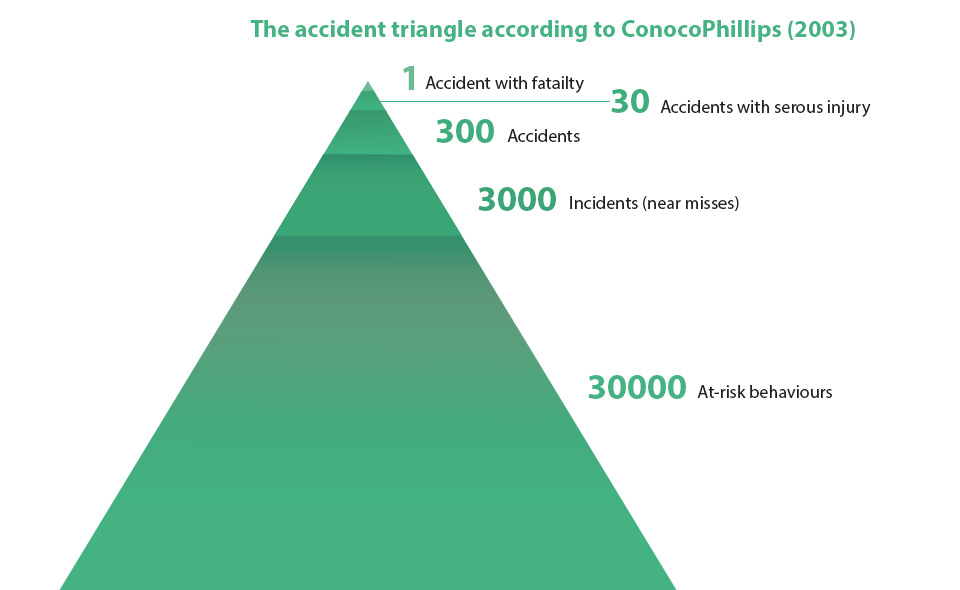
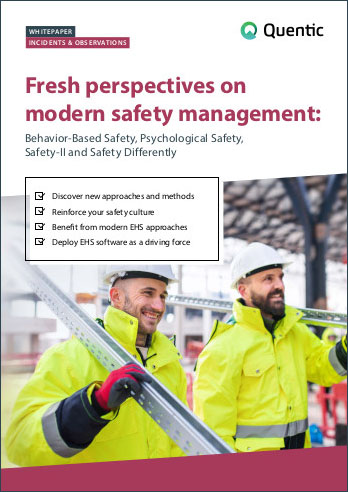
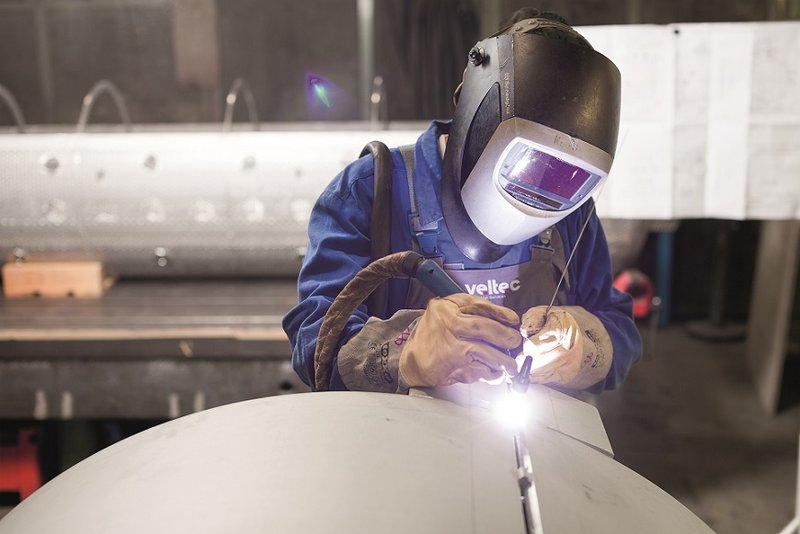




0 Response to "How To Set Up Safety Triangles"
Post a Comment